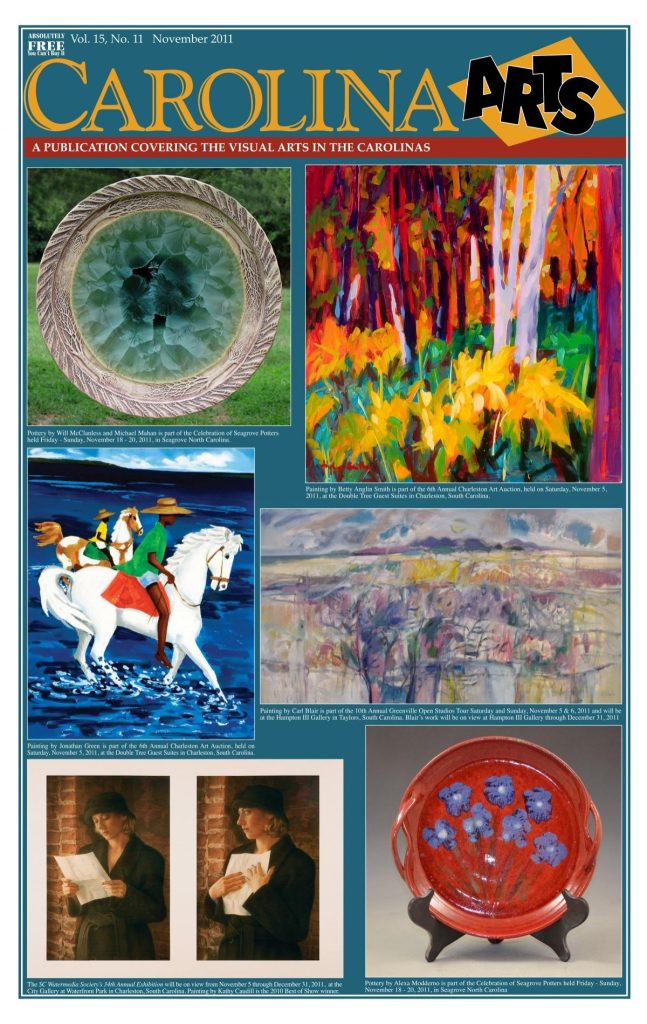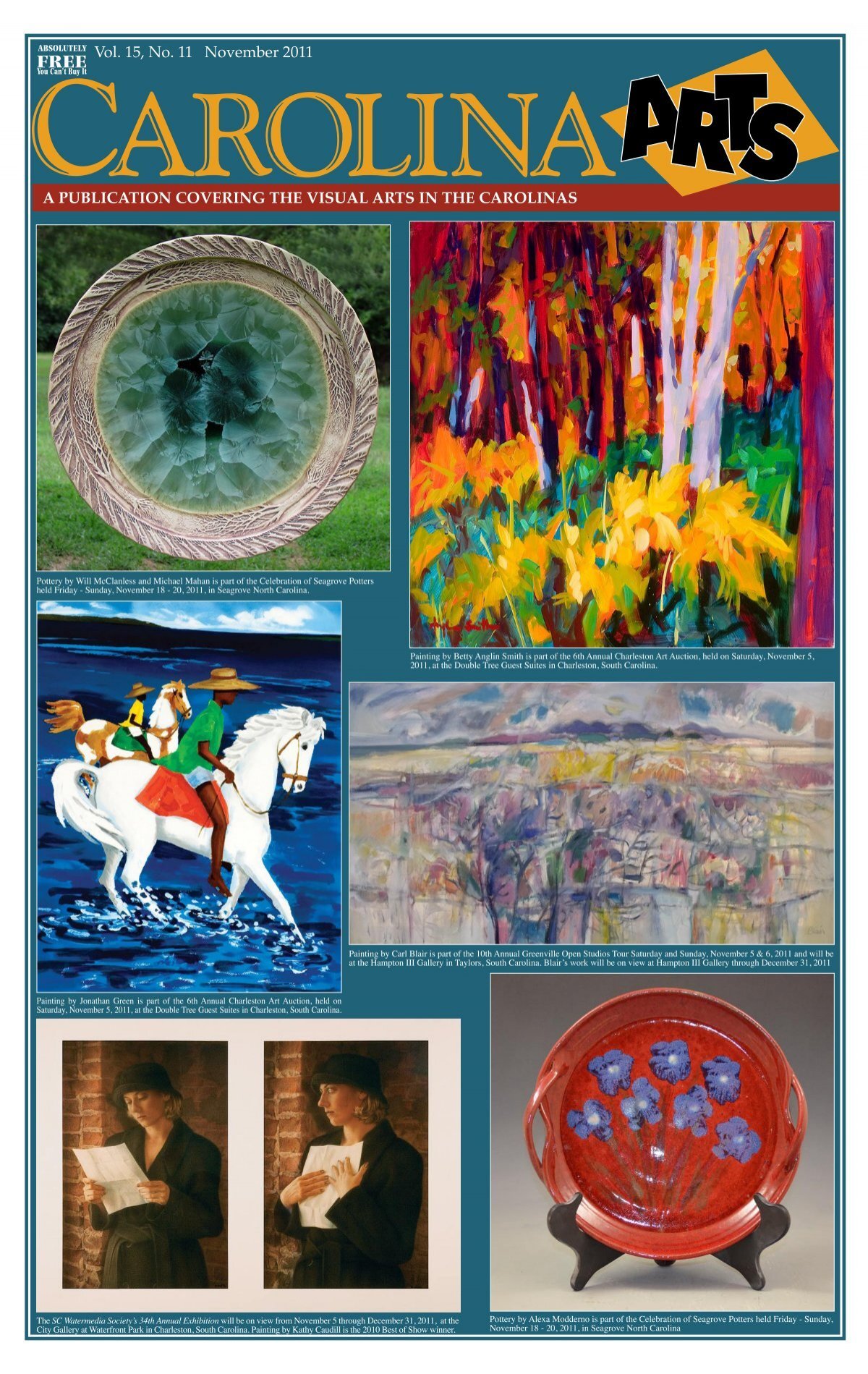
Maura Brewer Exposes the Inner Workings of Art Investment

### The Financialization of Art: Maura Brewer’s *Leverage* Unpacks the Intersection of Money and Art
In recent years, the art world has increasingly intertwined with high finance, where artworks are no longer mere objects of beauty or cultural significance but also highly profitable financial instruments. Maura Brewer’s video essay, *Leverage* (2024), currently on display at Timeshare in Los Angeles, invites viewers to contemplate this intricate financial landscape. Through meticulous research, Brewer uncovers the mechanisms by which art has become an integral part of financial markets, focusing particularly on one individual’s experience to lay bare the growing trend of art as an asset class.
At the center of *Leverage* is Daniel Sundheim, a billionaire investor and trustee of the Museum of Modern Art (MoMA), whose financial dealings serve as a case study for Brewer’s investigation. Sundheim’s use of his prized art collection as collateral for loans—a cyclical process of acquiring capital to purchase more art, which in turn becomes further collateral—offers a window into the broader practices of art-backed loans in the high-stakes world of investing. Between 2013 and 2019, Sundheim exemplified the feverish speculation occurring in the art market, fueled by the era’s low interest rates.
### Art as Collateral: A Reflection of Financial Structures
In this continuous loop of “buy, loan, repeat,” the artworks, despite their estimated worth, never actually change hands. Instead, they remain abstract assets, buried in loan documents known as Uniform Commercial Code (UCC) filings. These are the administrative documents filed to publicly declare art or other goods as collateral in financial agreements. Brewer brings these filings to life throughout her 18-minute video, illustrating how the pieces of art—including those by artists like Jean-Michel Basquiat, Mark Grotjahn, Jeff Koons, and Cy Twombly—no longer reside solely in museums or collections but now also occupy spaces within balance sheets, loan agreements, and financial portfolios.
In one of the more striking metaphors used in the video, Brewer draws a parallel between modern digital interactions with art and the financial market. As the iPhone’s hands display the prized paintings, viewers are reminded of how art, too, can be commodified into mere screen-based representations, distant and detached from their physical realities.
### A Collaborative Encounter of Autobiography and Critical Economy
Brewer goes beyond simply detailing Sundheim’s financial maneuvers and introduces a more personal dimension to the narrative. She interweaves her own stories, offering insights into her experience as an artist navigating the complicated relationship between creative work and economic precarity. Having won the largest grant of her career in 2023, Brewer reflects on how even this supposed success is tinged with complexities, such as the reproach from an envious former friend.
Her mix of autobiographical accounts juxtaposes the financial freedom that investors like Sundheim possess against the struggle many artists face in remaining financially afloat while pursuing their craft. This sharp contrast allows the viewer to ponder not only the financialization of art but also the asymmetry in how art’s value is experienced by its creators versus those who commoditize it for profit. Such sentiment resounds further as Brewer films clips from famous movies to provide sociocultural commentary—scenes from *Beaches* (1988) depict emotional complexities in friendships, while *The Wolf of Wall Street* (2013) satirizes the excesses of unaccountable wealth and greed. Each draws attention to the stark differences between an artist’s pursuit and an investor’s exploitation of art.
### An Exhibited Experience: Art as Spatially Immersive
At Brewer’s exhibition in the Timeshare gallery, this notion of art’s commodification takes on physical form. The video essay is projected onto the gallery’s floor, transforming a passive act of viewership into an interactive experience. The audience must navigate their physical placement in relation to the projection, uncomfortably positioning themselves to engage with the work. By doing so, Brewer emphasizes the weight of what art has become: a substantial entity not so easily dismissed, akin to an elephant in the room that viewers cannot ignore.
Further expanding on the auditory and visual metaphor of financial abstraction, Brewer uses three small pastel drawings mounted on the gallery’s walls to represent the minimalistic grids of notable investors like Ronald Lauder and Peter Norton. Based on UCC filings, these artworks feature stark white lines cutting across dark, organic backgrounds created with Brewer’s fingerprints. In this simple but powerful gesture, Brewer highlights the lingering tension between the human hand of the artist and the cold, impersonal machinery of global finance.
### Financial Systems and the Art World: No Easy Escape
While on the surface *Leverage* might propose a binary between artist and investor, Brewer aims for a more nuanced critique. She recognizes the increasingly blurred boundaries between art and money, where they intersect and often become difficult to dissociate. The art